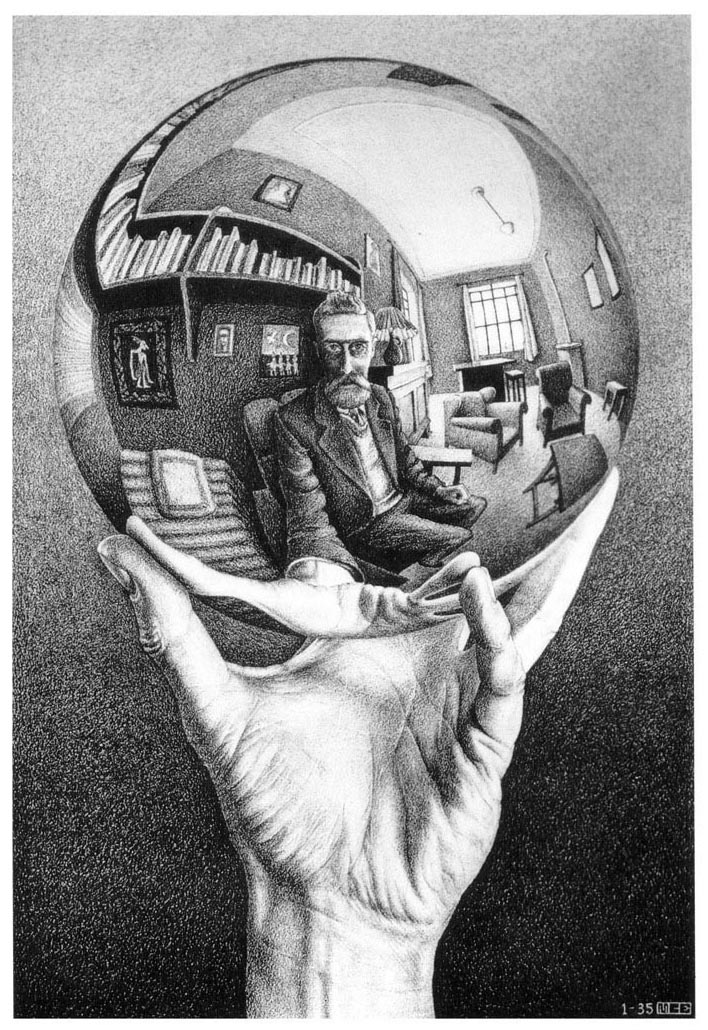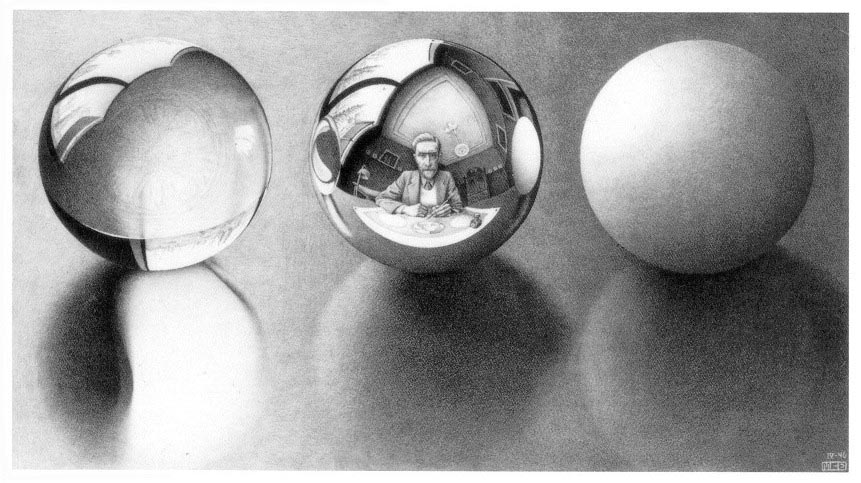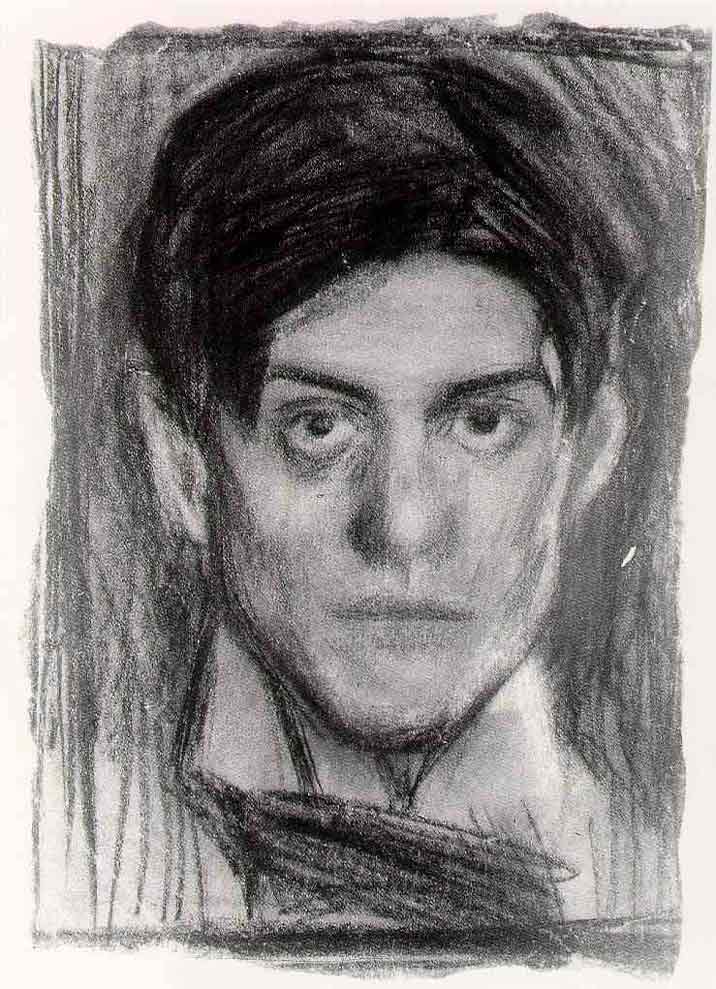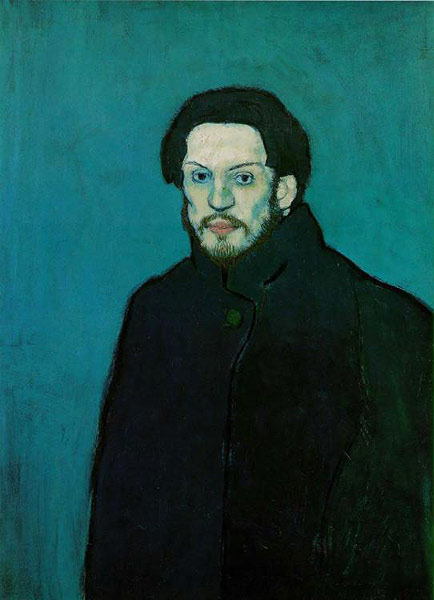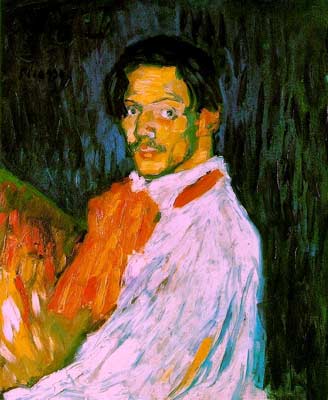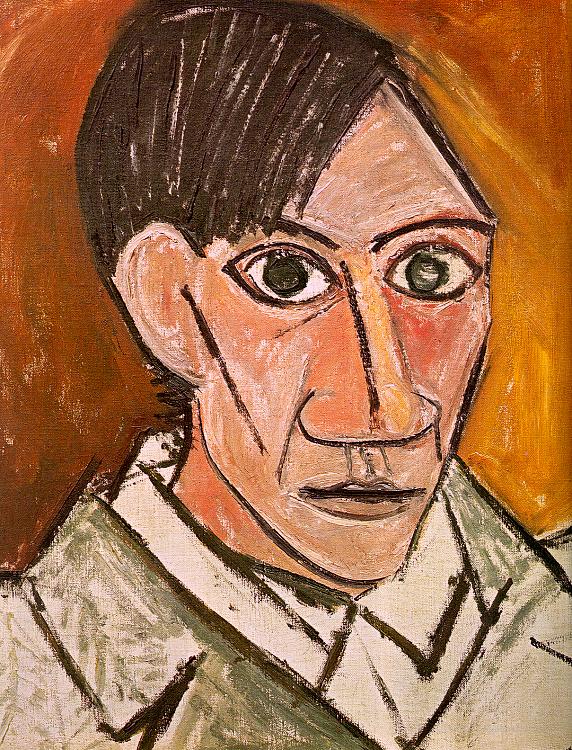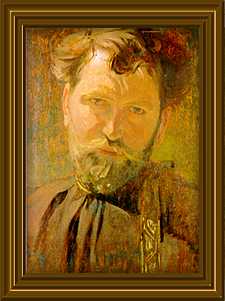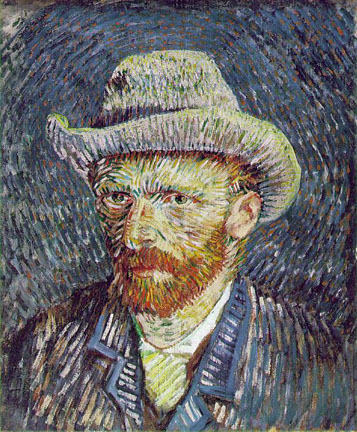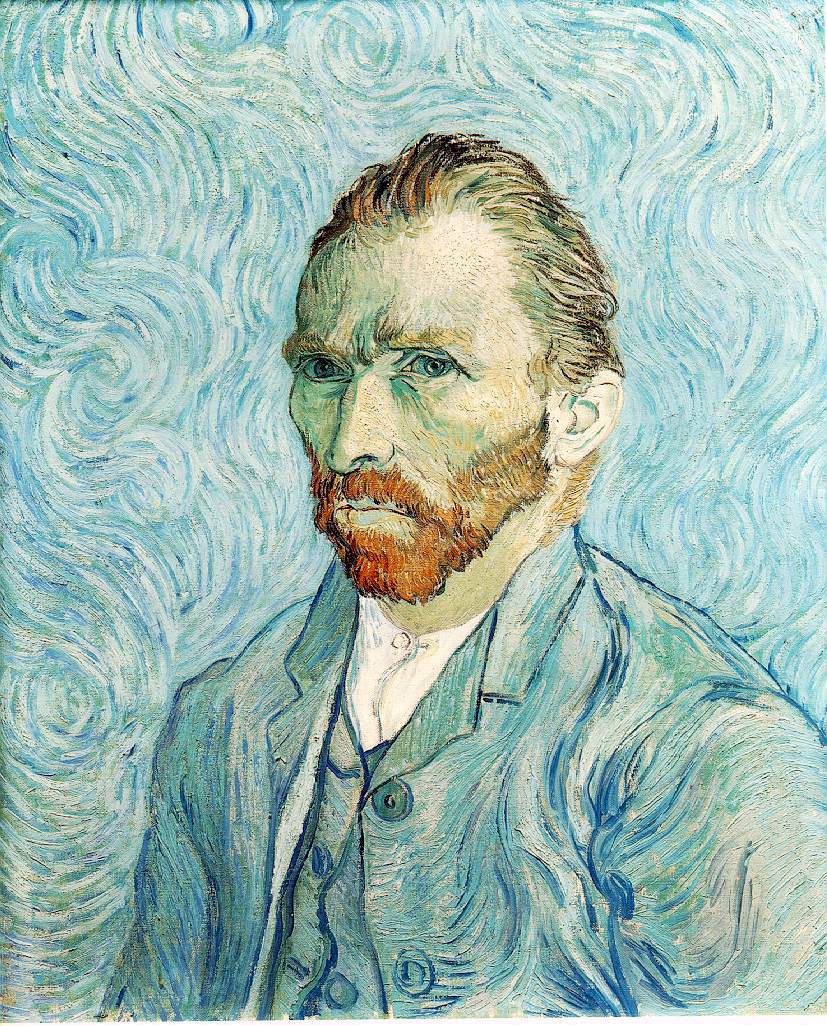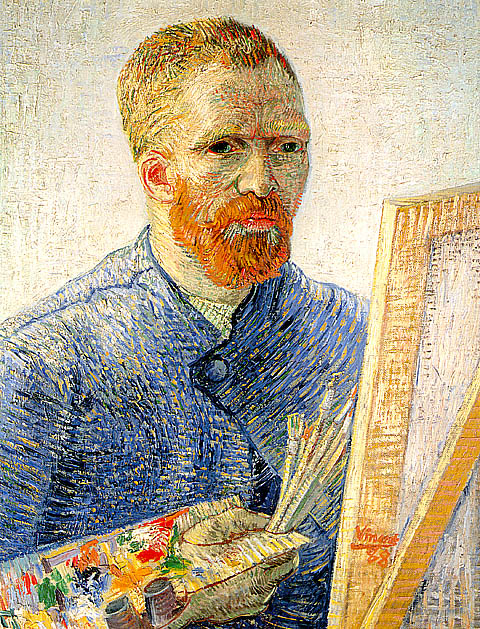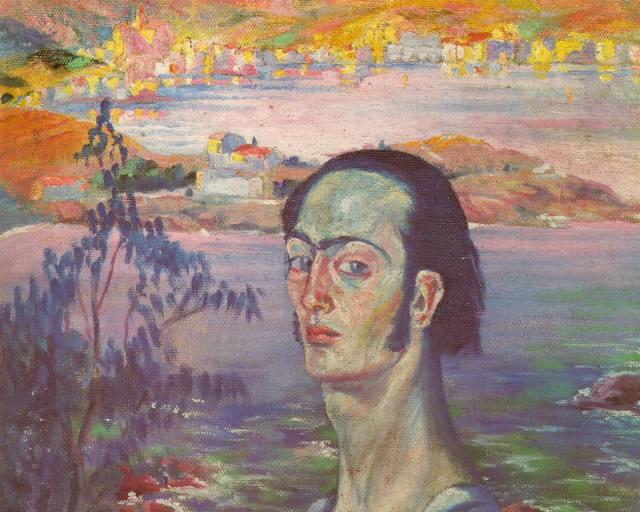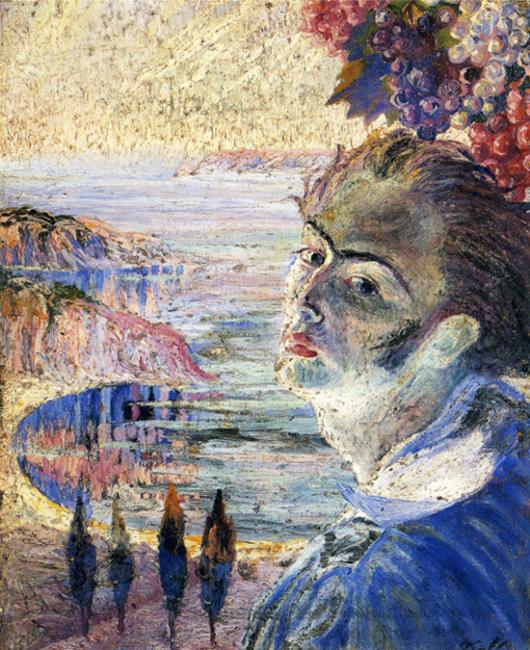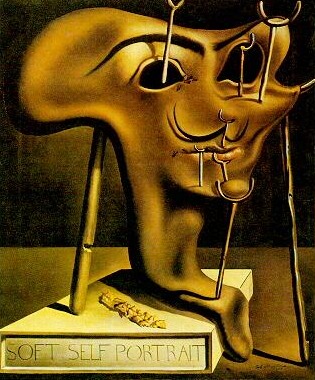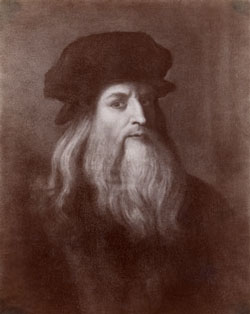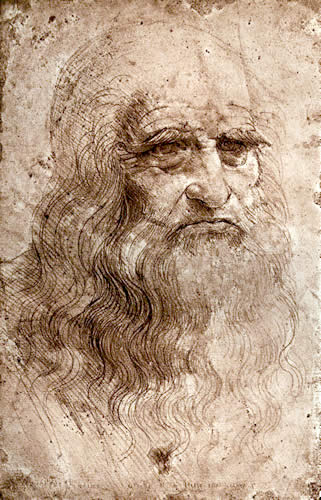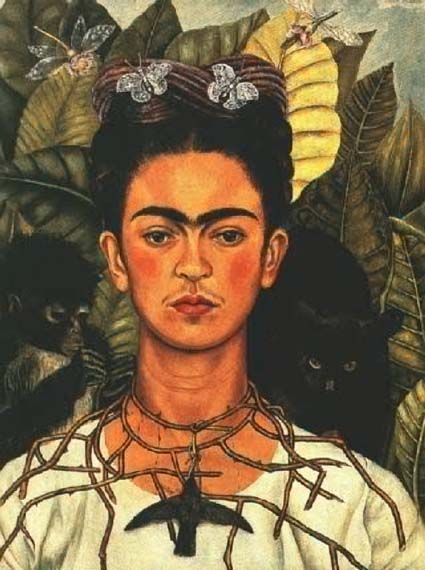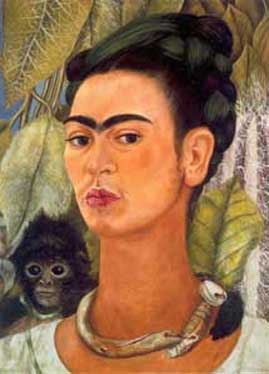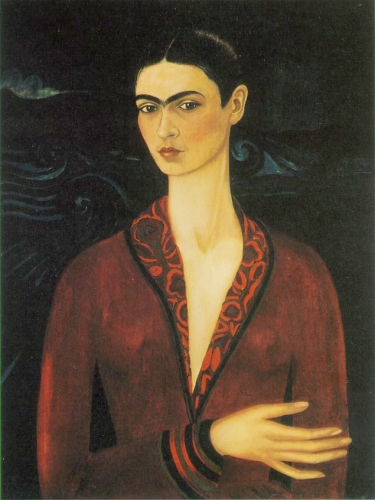My apologies in advance to Dr. Campbell for the enormous tangent I’m about to embark upon.
I was going to write a post analyzing exactly what it is about eye contact in film, photography, and traditional art that captures the audience in such a unique way. However, I discovered something else along the way. Artists are always staring straight at the viewer in their own self-portraits, whether photographed or painted. In over an hour of searching, I only managed to find ONE famous self-portrait in which this was not the case. In case you don’t believe me, I have proof. (Full-view each one for the greatest impact.)
ESCHER:
PICASSO:
MUCHA:
VAN GOGH:
DALI:
DA VINCI:
FRIDA:
—
So what does all this mean? What does this tell us about the artists, or about ourselves? Some of these artists, like Da Vinci and Mucha, rarely have subjects in their other paintings looking straight out at the viewers. But in their self-portraits, they choose to do this every time.
It has to be about more than simply engaging the audience. Self-portraits are intensely personal. Do artists paint themselves for others? Or is it more about self-analysis and exploration?
I guess my main question is, “When an artist paints or photographs a self-portrait, is the subject looking at the viewer or the artist?” There’s a significant difference between these two things because if the artist paints himself looking at himself, that has a whole different meaning than the artist simply staring out at future viewers. Artists frequently use mirrors when creating self-portraits. It’s a very reflective, disconcerting experience to sit there and focus on every minute detail of yourself. It isn’t easy to capture ourselves. My theory is that every self-portrait is simply a communication of the artist with himself. Any other viewers just don’t exist.
Can I tie this into Fast, Cheap & Out of Control? This is Morris’ most personal, self-analytical film. The shots correspond with this idea. He uses shots that involve his subjects making direct eye contact with himself and the audience. Morris is exploring the idea of himself through these shots. The entire film is one big self-portrait of Morris.

